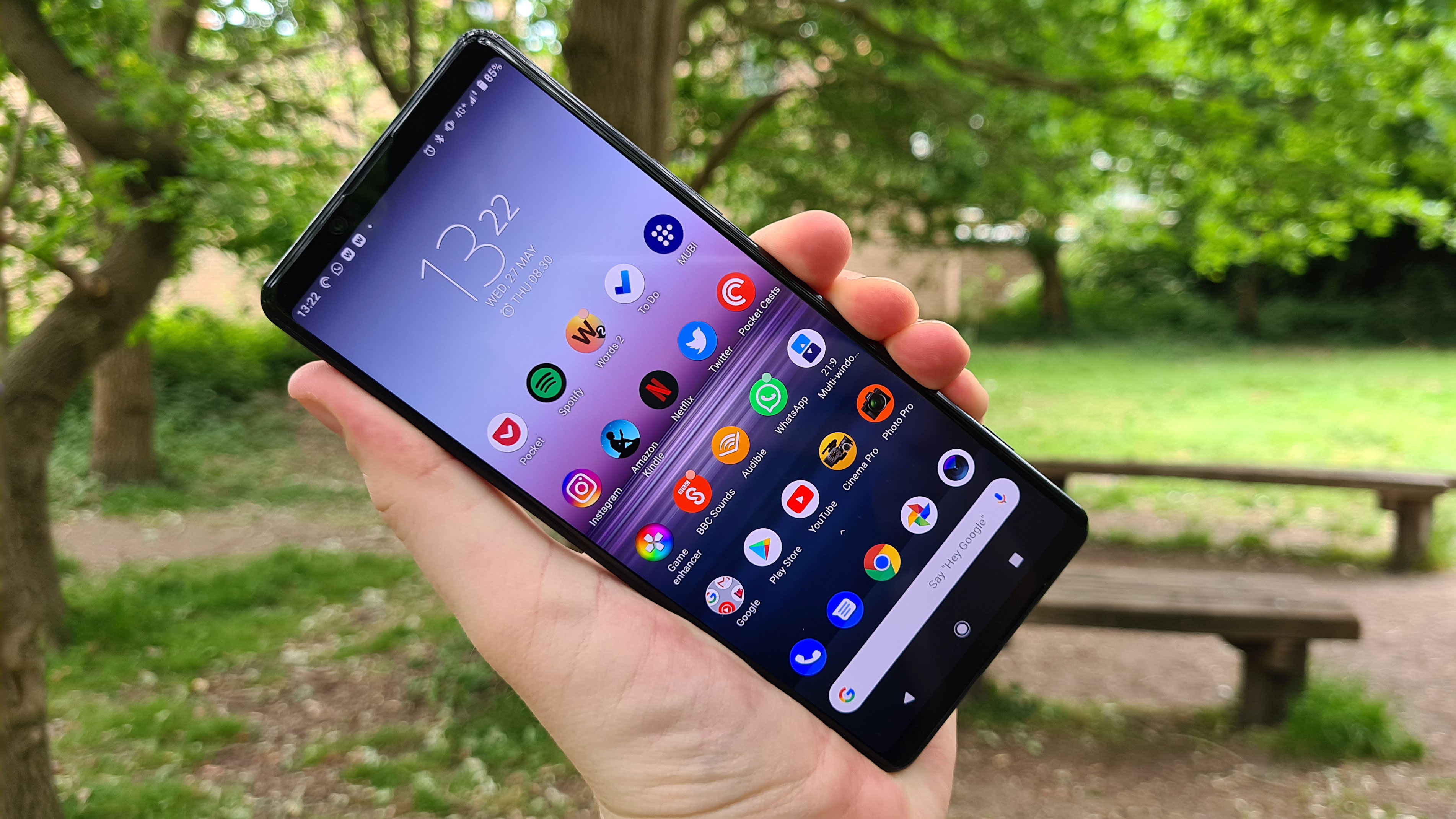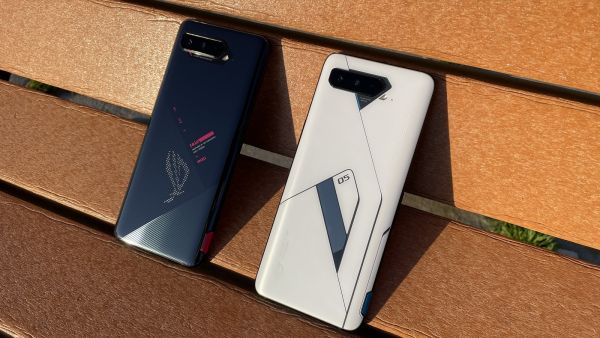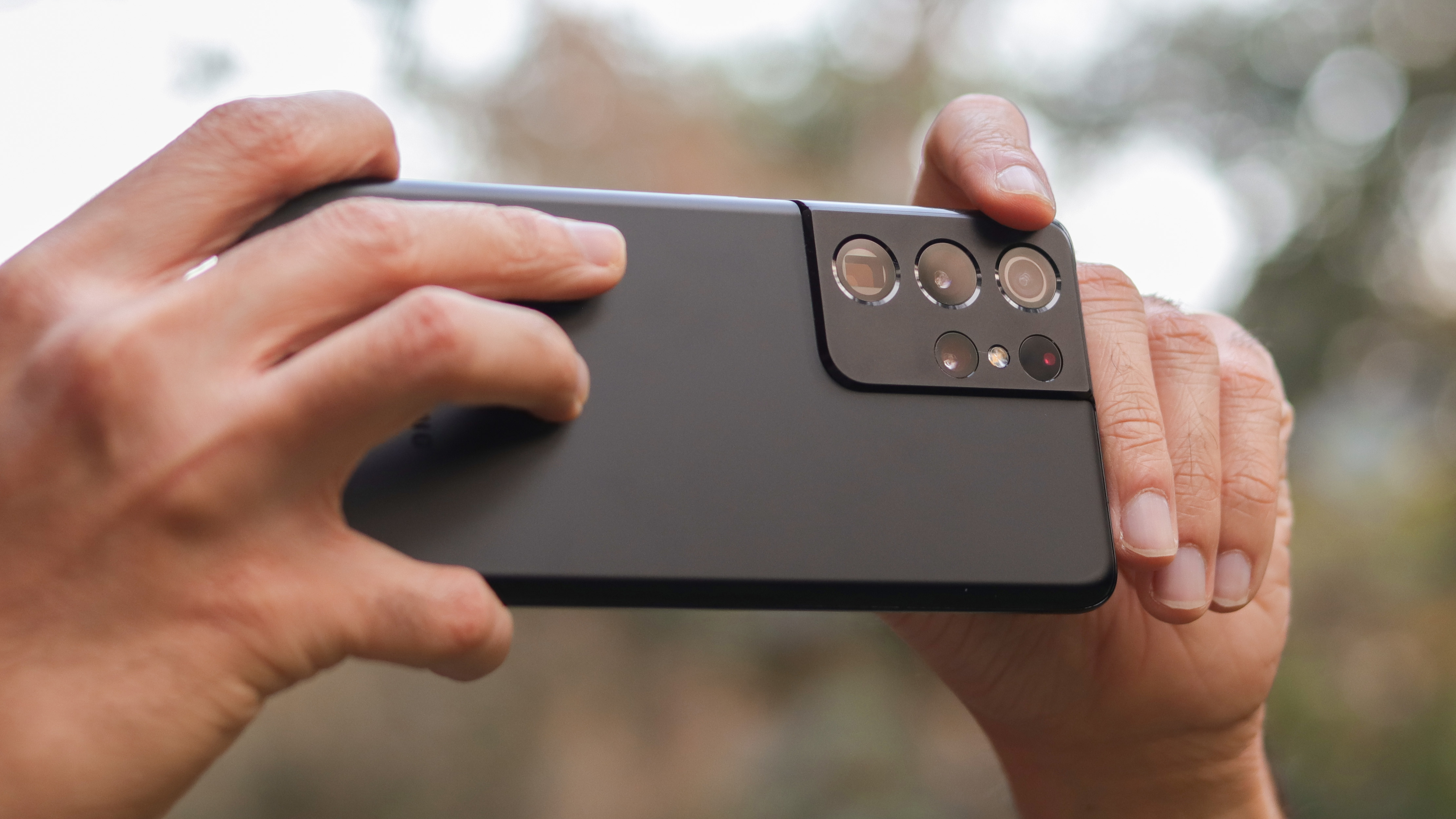
The recent news that OnePlus and Oppo intend to merge was far from the most sensational smartphone announcement of the year. As TechRadar has already highlighted, the two brands have always fed from the same trough.
It’s a well known fact that both are owned by BBK Electronics, and there’s a clear history of sharing supply lines and technology innovations between the two.
If this were a marriage, it would be the kind you get between two people who have been cohabiting for years, and who already finish one another’s sentences and wear similar clothes.
But it did get us to fantasizing about some other manufacturer mash-ups that we’d love to see. The kind that are highly unlikely to ever happen, but which would theoretically create some awesome smartphones. Here are five of our dream smartphone manufacturer partnerships.
Sony and Motorola

Sony phones tend to pack in all the features in the world, including several that no other mainstream brand tends to boast. The Sony Xperia 1 II has a 4K display and a ridiculously accomplished autofocus system lifted from the company’s Alpha camera department, to name just two examples.
And yet somehow Sony’s phones often amount to less than the sum of their parts. Sony has a wealth of expertise in the fields of photography, industrial design, gaming, audio, and display technology. But it sometimes seems as if these departments would really rather not be dealing with one another at all.
Contrast that with Motorola. The brand rarely (make that never) has the most impressively specced phones on the market, and it has all but withdrawn from the flagship space after years of underwhelming results.
Get daily insight, inspiration and deals in your inbox
Sign up for breaking news, reviews, opinion, top tech deals, and more.
But Motorola still has a knack for making phones that feel like more than the sum of their parts. Look no further than the imperious Moto G family, which has ruled the budget roost for a number of successive generations because they feel more cohesive and classy than their rivals.
The Sony and Motorola merger of our fantasies would produce cutting edge flagship phones that feel completely of a piece.
Asus and Vivo

We’re after something very specific from this particular hypothetical match-up - a gaming smartphone that isn’t laborious or downright embarrassing to use day to day.
Asus makes arguably the best gaming phones in the business, with the Asus ROG Phone 5 currently topping the table. It’s a powerful phone with remarkable performance, advanced gaming features, excellent battery life, and a great audiovisual set-up.
But like previous Asus ROG phones, it also subscribes to that tiresome ‘gamer’ aesthetic that seems to have been plucked straight from the fever dream of a Monster-addled 13-year-old boy.
To top it all off, Asus phones often neglect the camera side of things. For all its bells and whistles, the ROG Phone 5 doesn’t even have a telephoto lens. Nor does the non-gaming-focused Asus Zenfone 8, incidentally.
Vivo’s offerings are very different indeed. The likes of the Vivo X60 display the brand’s ability to make super-slim, stylish phones that know when to say ‘when’.
It might have escaped your attention - Vivo still isn’t a household name - but the brand has also displayed an impressive grasp of camera technology. The Vivo X60 has Zeiss optics and a unique gimbal system that produces the steadiest shots we’ve ever seen.
Imagine, then, the two companies working together towards an all-singing gaming phone with a grown up design and excellent cameras. A phone that would slip into your daily routine as easily as your pocket, but which could help you dominate a game of PUBG Mobile with its extra capacitive buttons and cutting edge performance.
Xiaomi and Microsoft

Microsoft’s last smartphone merger, with Nokia, didn’t go too well. The whole Windows Phone debacle caused the computer giant to write off $7.6 billion on the Finnish company in 2015.
Five years later, wounds having been thoroughly licked, Bill’s company finally returned to market with the foldable Microsoft Surface Duo. And while we appreciated its beautiful design and considered dual-screen implementation, we still had some reservations.
For one thing, the Duo was extremely underpowered for such an expensive piece of kit. And if you’re paying $1,399 for a phone, you expect a great camera experience, rather than the flat out bad one that was provided.
Xiaomi would be the ideal company to help fix Microsoft’s smartphone issues. It has a strong legacy of impeccable hardware, with its recent Mi 11 range (and particularly the Xiaomi Mi 11 Ultra) sporting top notch performance and outstanding cameras.
What’s more, the Chinese manufacturer has experience with incorporating such high-end specs into a foldable form factor. The Xiaomi Mi Mix Fold is powered by a top notch Snapdragon 888 and packs a 108MP primary sensor, alongside a telephoto sensor with an innovative liquid lens.
Of course, the Mi Mix Fold has only been released in China at present, and is unlikely to land in the US at all. For Xiaomi, a Microsoft merger would finally provide an avenue to the American market that it’s been lacking for so long.
And let’s face it, Xiaomi’s UI and apps - while much improved - would hardly be a major loss if the company was forced to go with Microsoft’s forked take on Android.
Huawei and Nokia

If you look past the brand’s recent issues with the US government, there’s arguably no smartphone manufacturer with more impressive hardware chops than Huawei. Before the Trump ban hammer fell, it was turning out phones like the Huawei P30 Pro, with extraordinary designs and stupendously advanced camera systems.
The problem is that it’s really difficult, bordering on impossible, to look past the lack of Google Mobile Services on its newest devices. That makes the company's most recent smartphones a difficult choice for most Western consumers.
On the other hand, the resurrected Nokia brand has almost the polar opposite problem. It’s a safe, dependable Scandinavian brand with a long track history of turning out solid devices.
People trust the Nokia brand, which is a fact that the company has capitalized on in marketing its latest phones. The likes of the Nokia X20 feature a three year Android upgrade guarantee. Indeed, Nokia’s whole approach to software is second only to Google itself in its purity.
And yet would we describe any of Nokia’s Android smartphones as desirable? They’re solidly built yet pretty unimaginative, and they lack any real signs of spark of innovation.
Now imagine Nokia’s brand and clean, Google-approved software combined with Huawei’s stunning hardware. It could be a potent combination.
Samsung and Apple

Okay, a bit of a cheeky wildcard pick to finish on. They’re the perennial rivals, the number one and two smartphone manufacturers in the world, and two companies who wouldn’t be seen dead working together. Except when they do. More on that in a bit.
Here’s the rub: Samsung makes great phones. We all know this. It’s been the biggest smartphone manufacturer in the world over the past decade or so for a reason. As we write this, the Samsung Galaxy S21 Ultra offers arguably the best smartphone hardware on the market.
Samsung is always on the front foot when it comes to hardware innovation, having made various notable advances in camera technology and smartphone design over the years. In particular, it’s utterly dominant when it comes to smartphone display technology, and it makes most of the AMOLED displays that you see in modern phones.
But for many people, Samsung has always been lacking on the software front. Whether you’re talking One UI, TouchWiz, or Samsung Experience UX, Samsung’s software tends to be brash, busy, and unfocused. There’s a certain ‘everything but the kitchen sink’ instinct that Samsung seems to be constantly struggling to suppress, which can lead to a software experience that doesn’t quite reflect the elegant nature of its hardware.
Apple has no such trouble melding software with hardware, of course. iOS is as clean and stylish as the phones that run it, with largely consistent layouts and sharply functional built-in apps.
While Apple certainly doesn’t have a problem with hardware design, however, it can often lag behind on the innovation front. As much as we like the iPhone 12 family, for example, it still lacks 120Hz display technology. Samsung already makes the AMOLED displays for Apple, so it would be the ideal partner to help the company catch up.
Similarly, while Apple’s cameras are among the best in the business at present, their excellence is largely algorithmic rather than hardware-based. How long until Apple catches up with Samsung’s periscope lens technology for better zoomed in shots?